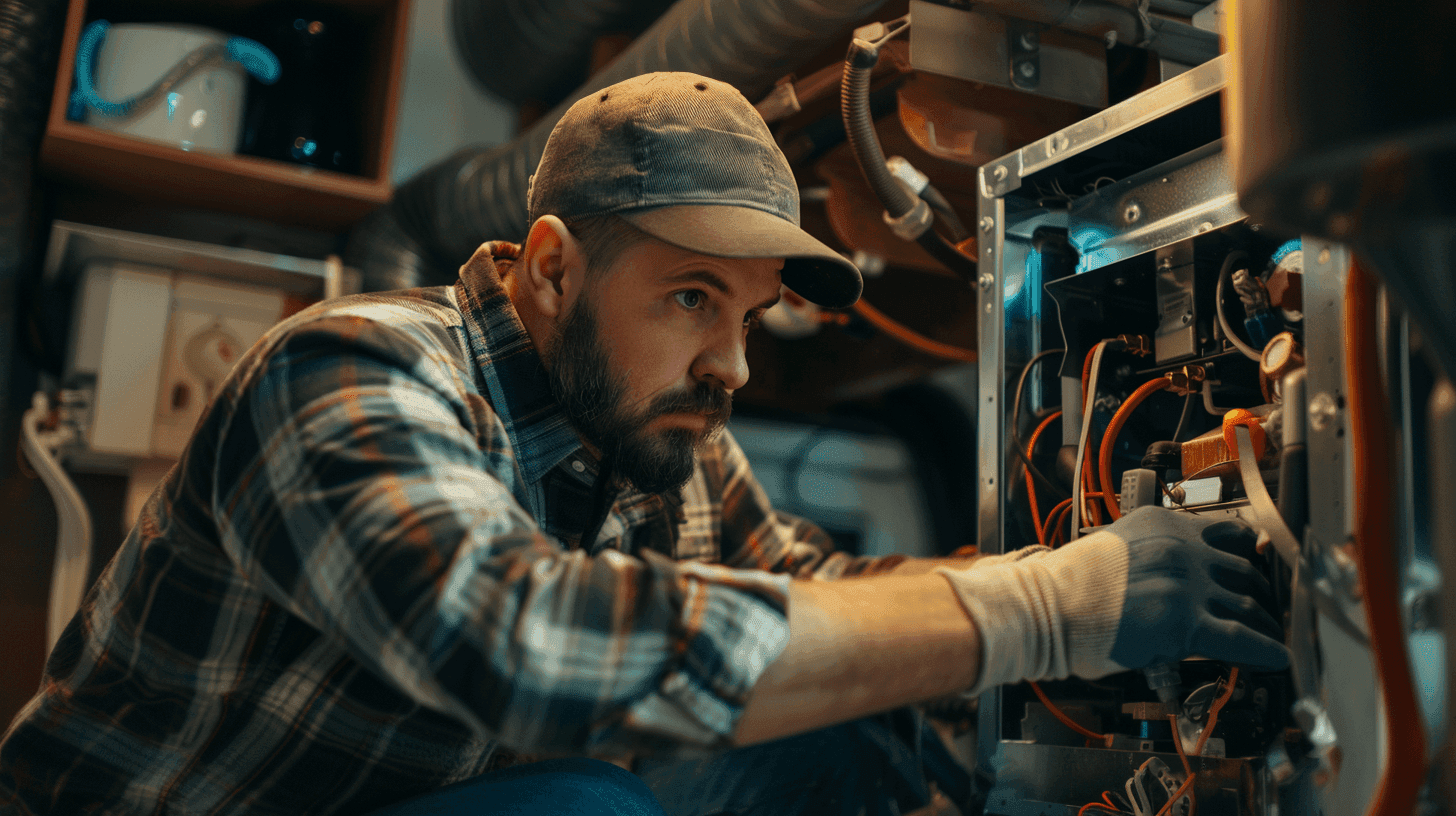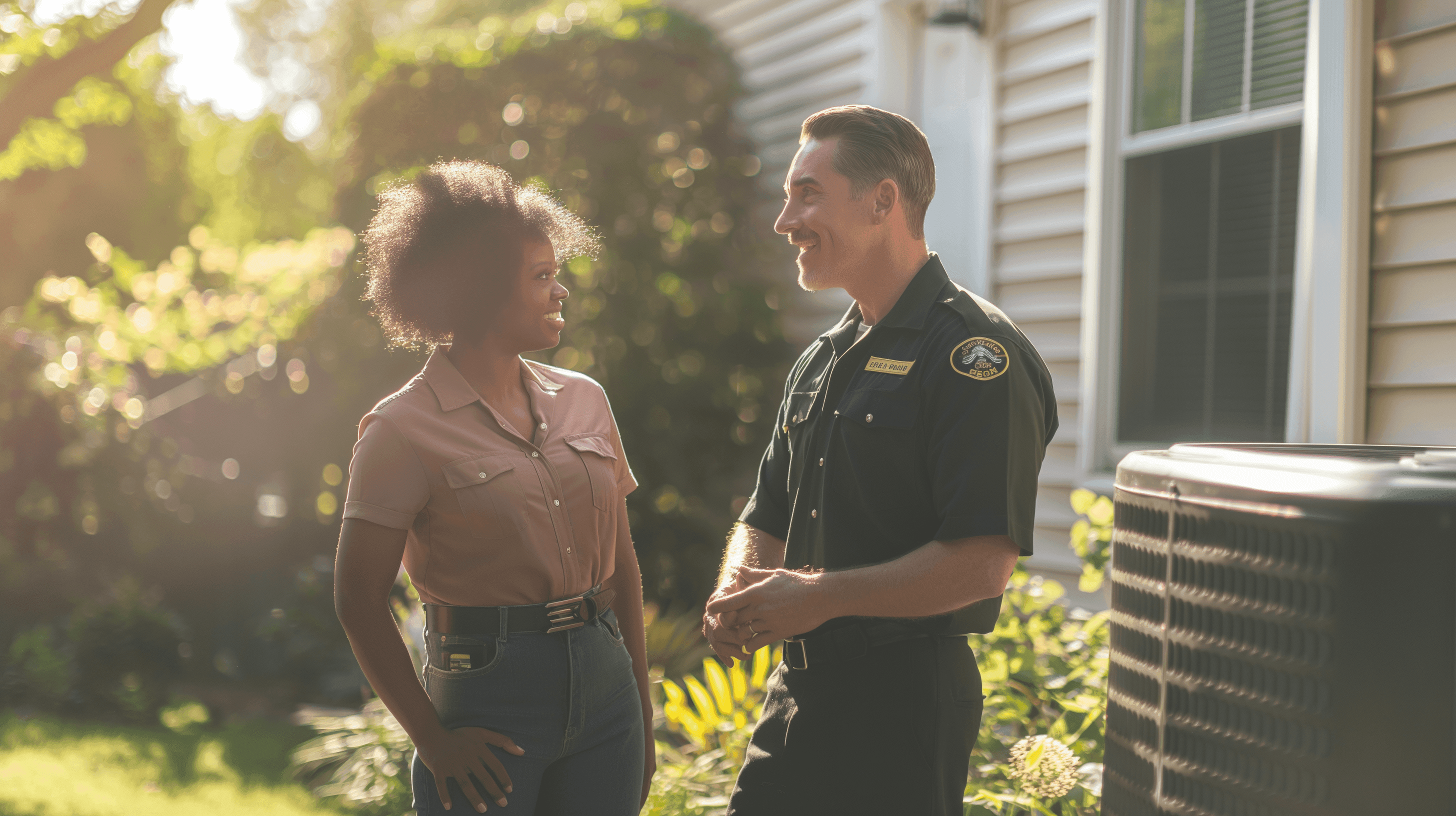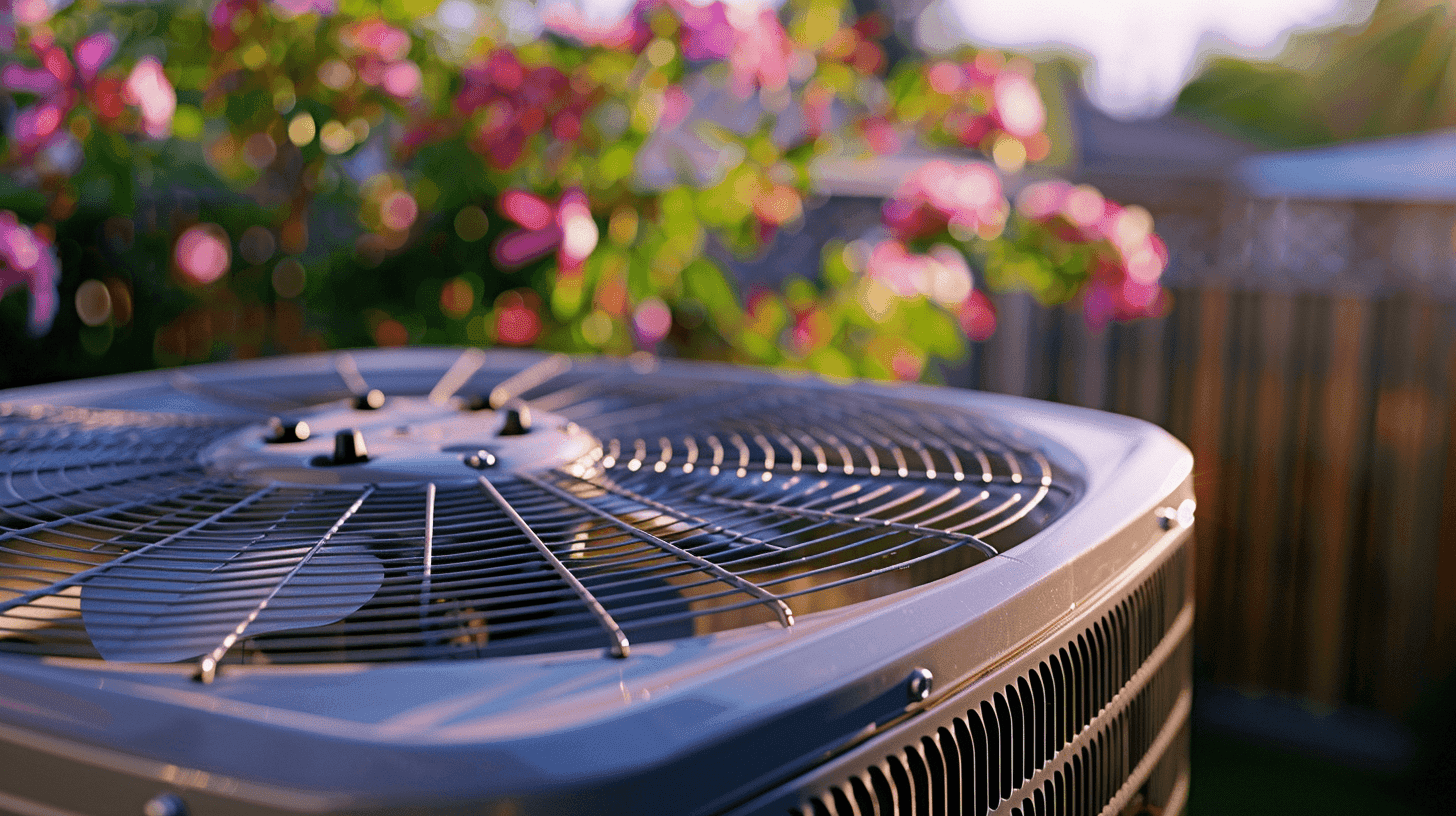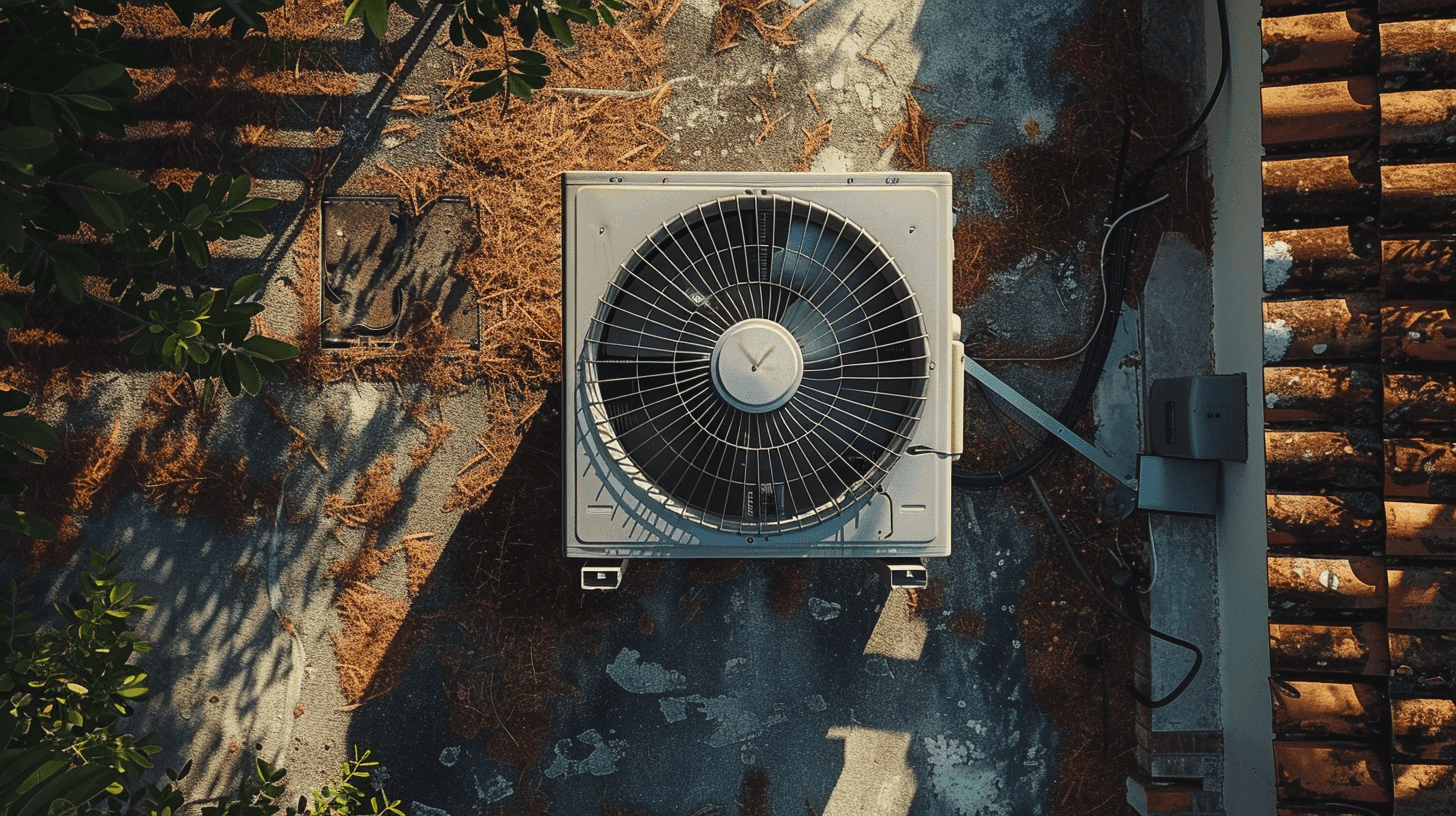
A Guide to Air Conditioner Maintenance in 2024
Sharing your quote takes less than a minute
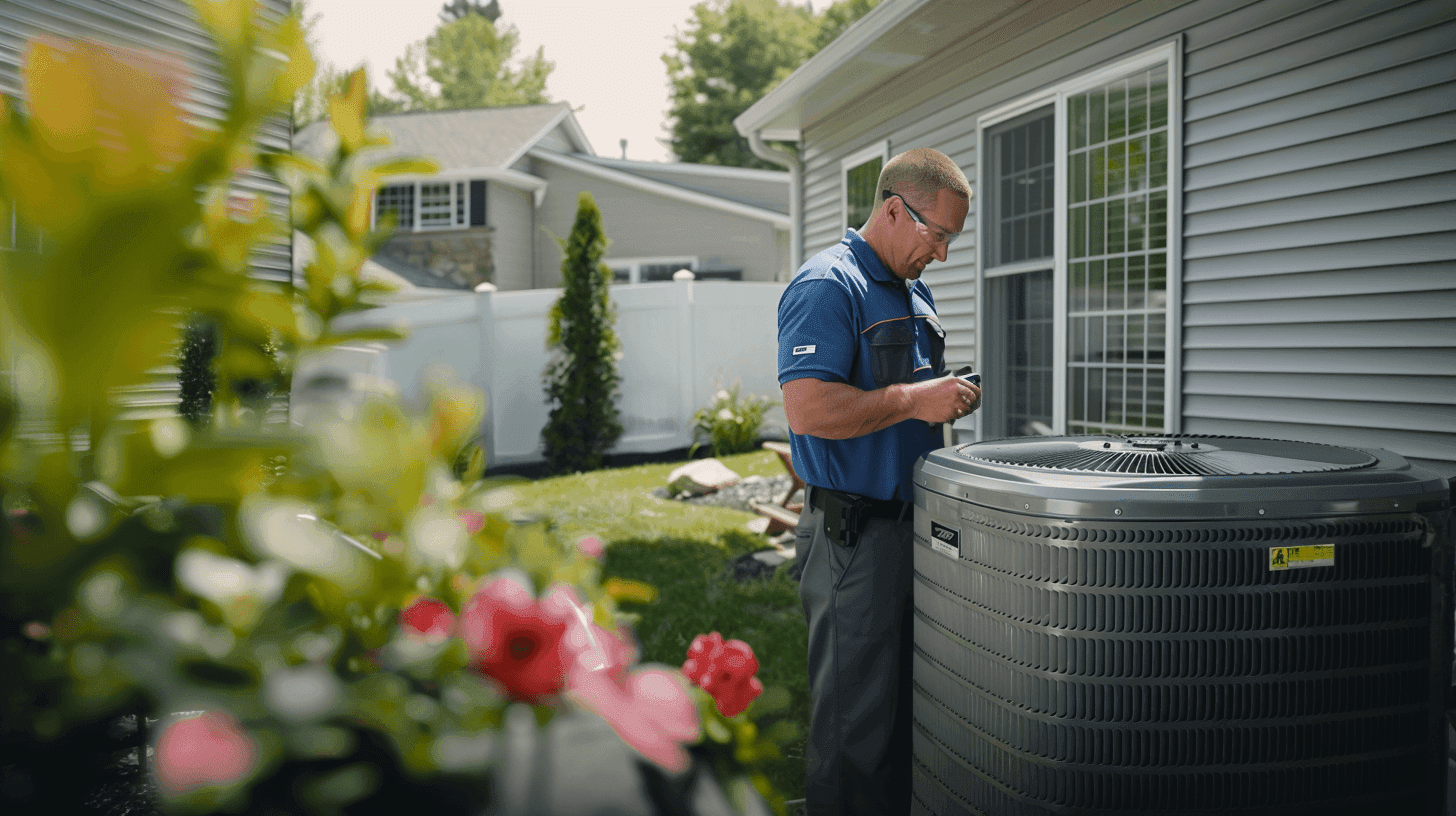
Warmer weather is on the horizon – is your air conditioning system up to the task of keeping your family cool and comfortable? Unfortunately, when spring temperatures remain cold or mild, homeowners often overlook their air conditioning systems. Performing annual AC maintenance in spring is a critical task to ensure your system operates properly and efficiently when it starts to heat up in the summer.
AC maintenance is akin to an annual vehicle tune-up, ensuring optimal functionality and preventing unexpected breakdowns. The last thing any homeowner wants is to endure sweltering summer temperatures indoors without a functioning AC.
Scheduling a tune-up before extreme weather sets in offers several benefits beyond just indoor comfort. In this comprehensive guide to annual AC maintenance in 2024, HVAC.com delves into the importance of regular tune-ups and outlines the key steps to keep your system running smoothly throughout the year.
How Often Do Air Conditioners Require Maintenance?
Air conditioner maintenance should ideally be performed annually, preferably in March or April before you turn the system on for the first time. Busy HVAC technicians frequently respond to calls of air conditioners not starting during the first hot day of the year, meaning you may have to wait a few days to get an HVAC contractor out to your home.
A March or April AC tune-up allows plenty of time to identify and correct issues while outdoor temperatures are still comfortable. Additionally, this is a slow time for many HVAC technicians, so they often offer special pricing on maintenance in the spring.
What Are the Benefits of Regular AC Maintenance?
An AC tune-up prevents a host of issues. Other than enjoying a comfortable atmosphere inside your home, a few of the primary benefits of scheduling an annual HVAC tune-up include:
Preventing Breakdowns
A pre-season AC checkup can catch common AC problems that are difficult to detect on your own like an AC drain line clog or a slow refrigerant leak. Meanwhile, dirty condenser coils could cause the air conditioner to run harder in order to keep your home cool, causing the unit to break down prematurely. If the capacitor fails, your AC may not turn on. Detecting these challenges before they turn into major problems greatly reduces the risk of a complete HVAC failure when you need it most.
The earlier an issue is caught, the easier and less expensive the solution will likely be. Preventative cooling maintenance often pays for itself in the long run, keeping you comfortable and saving money.
Saving Money
Regular air conditioner maintenance keeps the unit working at optimal performance. Common AC issues caused by a lack of maintenance include reduced efficiency, poor airflow, refrigerant leaks, and eventual system breakdowns. Continuing to run your air conditioner with these problems causes the system to work harder and longer to reach the set temperature, leading to increased energy consumption and higher utility bills.
Extending the Lifespan of the Air Conditioner
Avoiding AC repair and maintenance causes strain on crucial components, leading to premature wear and tear and a shorter lifespan. Maintenance spots potential issues, fixes any problems that may be affecting your AC’s performance, and reduces the chances that your AC stops working in the middle of summer.
Availability of Parts
If you wait until summer to find out your compressor is broken, you may spend weeks waiting for a replacement part in the sweltering heat. Scheduling a spring AC tune-up allows more time to order and ship replacement parts.
Keeping the Warranty Intact
The vast majority of HVAC manufacturers require annual HVAC maintenance to keep your system’s warranty intact. If you can’t provide proof of regular AC maintenance, you could be on the hook for an expensive repair or replacement job.

What’s Included in an AC Tune-Up?
During an AC tune-up visit, an HVAC contractor comes to your home and performs a complete inspection of the system. From start to finish, the process takes about an hour.
Your technician inspects the below components, including a detailed look at both the indoor and outdoor air conditioner units.
- Lubricating all moving parts including the motor and fan
- Cleaning evaporator and condenser coils
- Replacing the air filter
- Checking the AC drain line for clogs, and cleaning and flushing it, if necessary
- Inspecting the electrical system for wear and tear
- Tightening all electrical components
- Adjusting the balance of the fan
- Checking refrigerant levels
- Inspecting thermostat settings
- Checking system controls
If your technician detects a problem, they may offer a quick fix or recommend a follow-up appointment for more severe issues.
Signs Your Air Conditioner Is Overdue for Maintenance
If you don’t normally schedule an annual air conditioner tune-up or you’re a new homeowner and not sure of the last time your air conditioner was serviced, there are a few signs that may tell you it’s time to consider scheduling AC maintenance:
- Loud or unusual noises
- Higher energy bills
- Inefficient cooling
- Unusual odors
- Your home feels damp or uncomfortably humid
- Signs of a refrigerant leak which include hissing or bubbling sounds, or reduced cooling performance
- Water leaks caused by a clogged condensate drain line
Air Conditioning Tune-Up Costs
The average cost of AC maintenance ranges from $75 to $200. The factors that affect the price include the size and type of air conditioner, the region in which you live, and any additional services provided. Some technicians offer seasonal discounts as low as $49.
If you bought an extended warranty for your AC, an annual tune-up may be included. Review your warranty with your technician to see if preventative maintenance is covered.
DIY Air Conditioner Tune-Up Checklist
In between annual AC tune-ups, performing DIY maintenance can ensure your system will run efficiently all summer while avoiding breakdowns.
- Change the air filter regularly. Your HVAC system’s air filter should be replaced every 2-3 months, or according to the manufacturer’s guidelines outlined in the owner’s manual. A clogged and dirty air filter will impede airflow, causing your air conditioner to work harder, reduce cooling efficiency, and potentially lead to system malfunctions.
- Clear away debris around the outdoor unit. Clearing debris around the outdoor unit, such as leaves, twigs, and grass clippings, helps ensure proper airflow and prevents potential obstructions that can impede the unit’s performance.
Sharing your quote takes less than a minute
